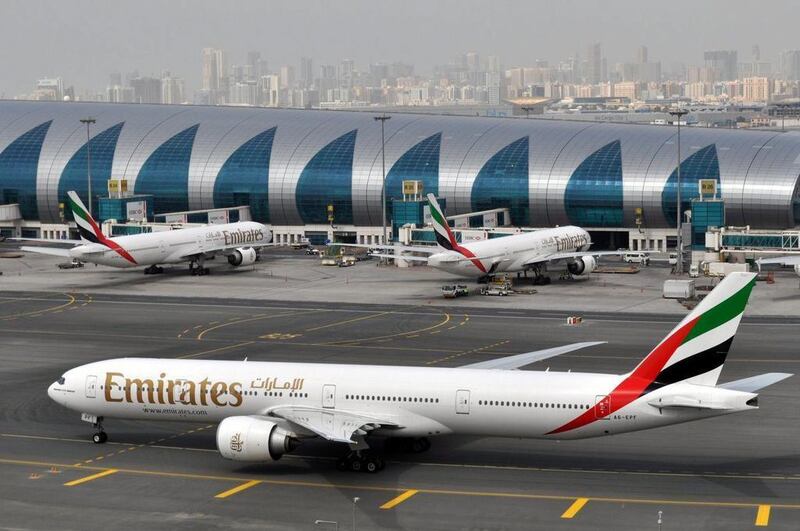Middle East airlines will spend about US$600 billion on new aircraft in the next 20 years, amid projections that the fleet size of the regions' carriers will more than double to 3,320 aircraft over the period, Airbus said in a global forecast report.
The region's carriers will require around 2,590 new aircraft by 2036: 520 to replace older planes and 2,070 to cater to forecast growth, the manufacturer predicted. This projection in demand includes 1,080 twin-aisle aircraft, the same number of single-aisle aircraft, and 430 very large planes.
______________
Read more:
[ Middle East air passenger traffic grows but less than five-year average ]
[ Airlines' profit rises on global economic uptick and lower costs ]
______________
Airlines in the region have current orders of 1,319 planes, of which 687 are single-aisle, 409 twin-aisle and 162 very large aircraft. Passenger traffic to and from the Middle East is forecast to grow 5.9 per cent until 2036, beating the world average of 4.4 per cent, Airbus predicted.
The biggest growth in demand will be on routes to Latin America, which is forecast to grow at 8.5 per cent per year until 2036, while growth in traditional markets will remain steady.
Freight traffic between the Middle East and Asia-Pacific region is projected at 4 per cent per year until 2036, higher than the global annual average of 3.8 per cent.
By 2036, more than 80 per cent of people in emerging markets such as India, China and some countries in Asean are expected to take on average a least one trip by air, compared from the current 30 per cent of the emerging market’s population.
Also by 2036, there will be 95 aviation mega cities globally catering to 98 per cent of the world’s long-haul services, compared with the current
58 cities, Airbus predcted.
In the Middle East, the number of such mega cities will more than double to 11 over the next 20 years, from the current five existing today.






